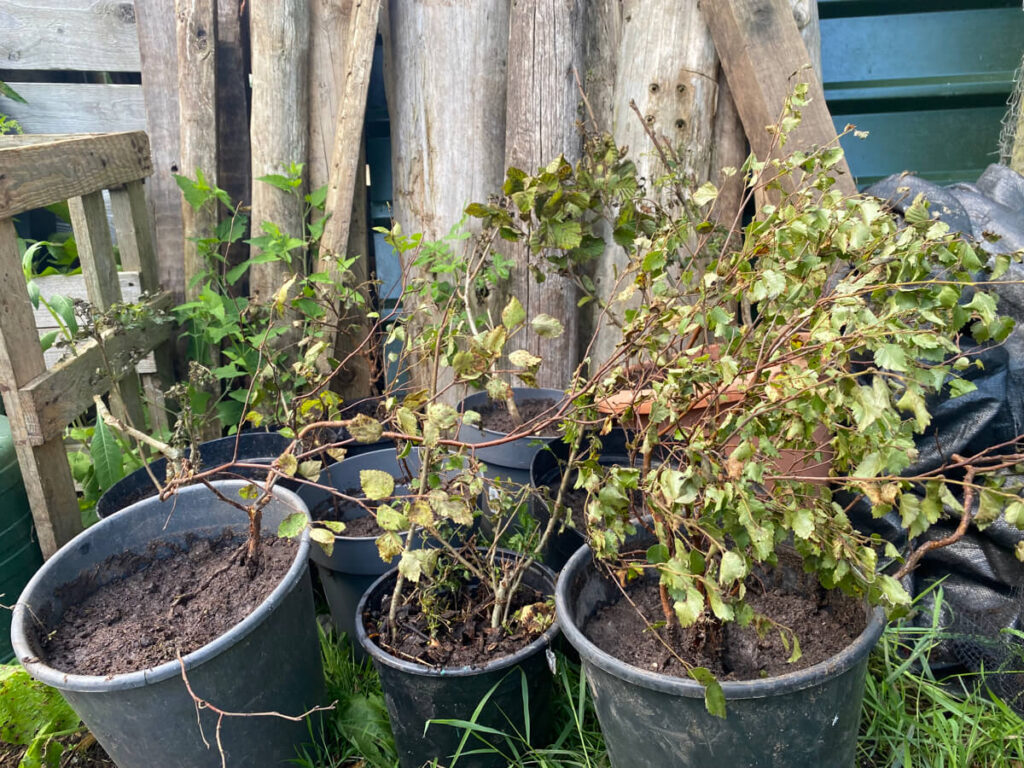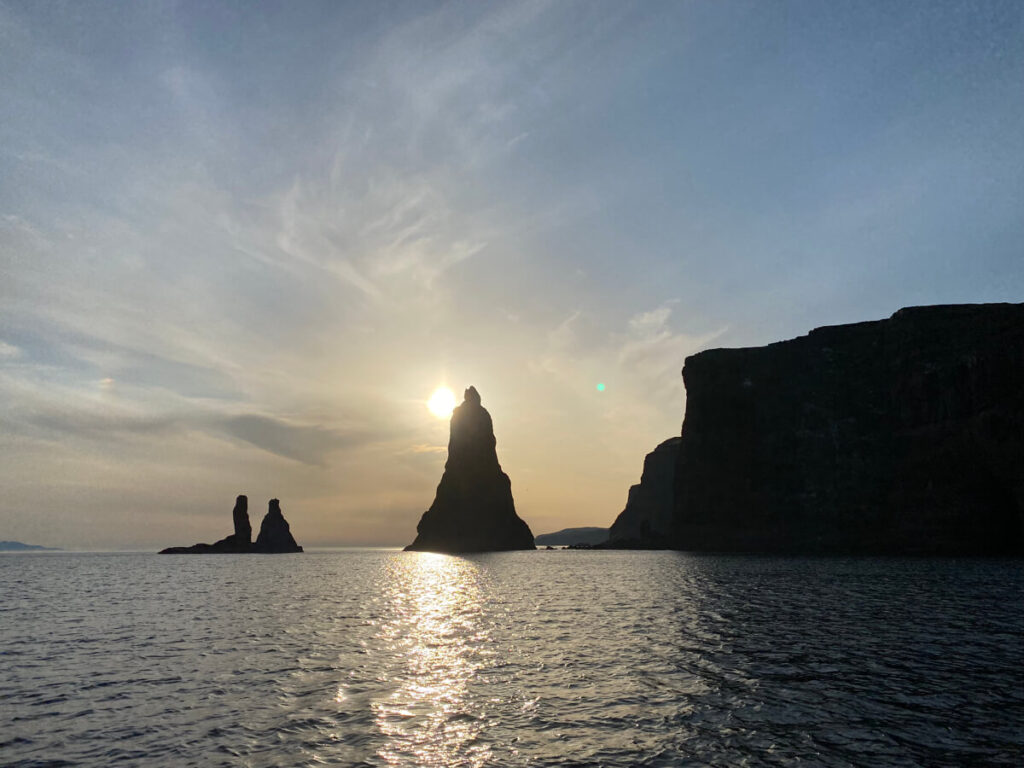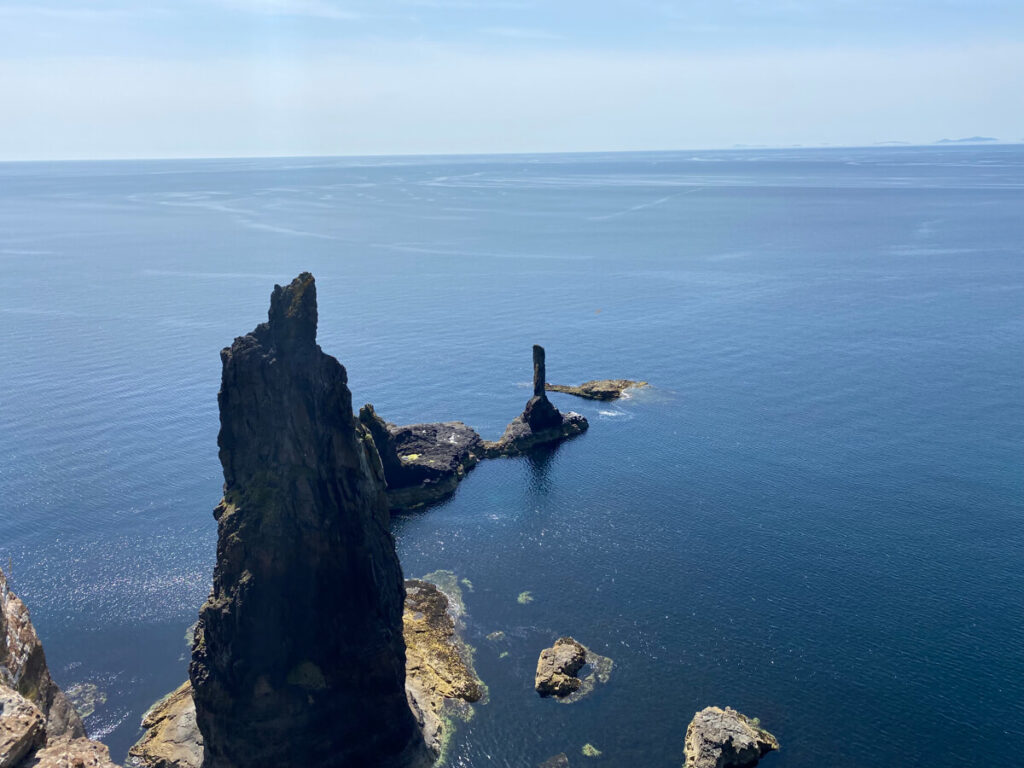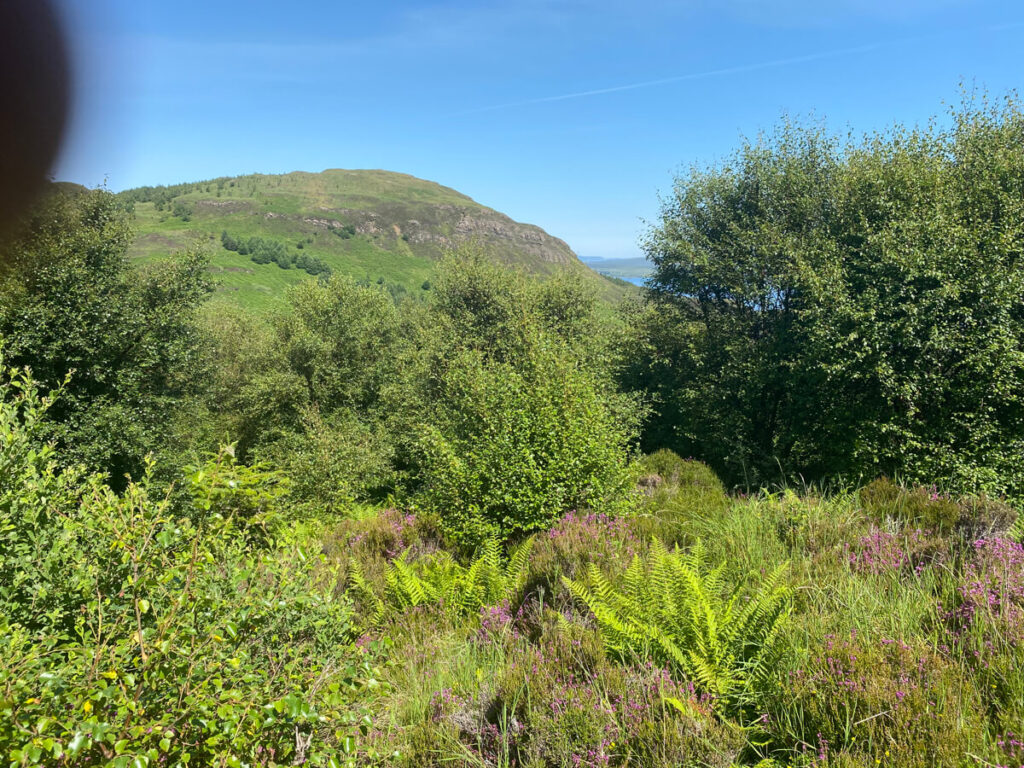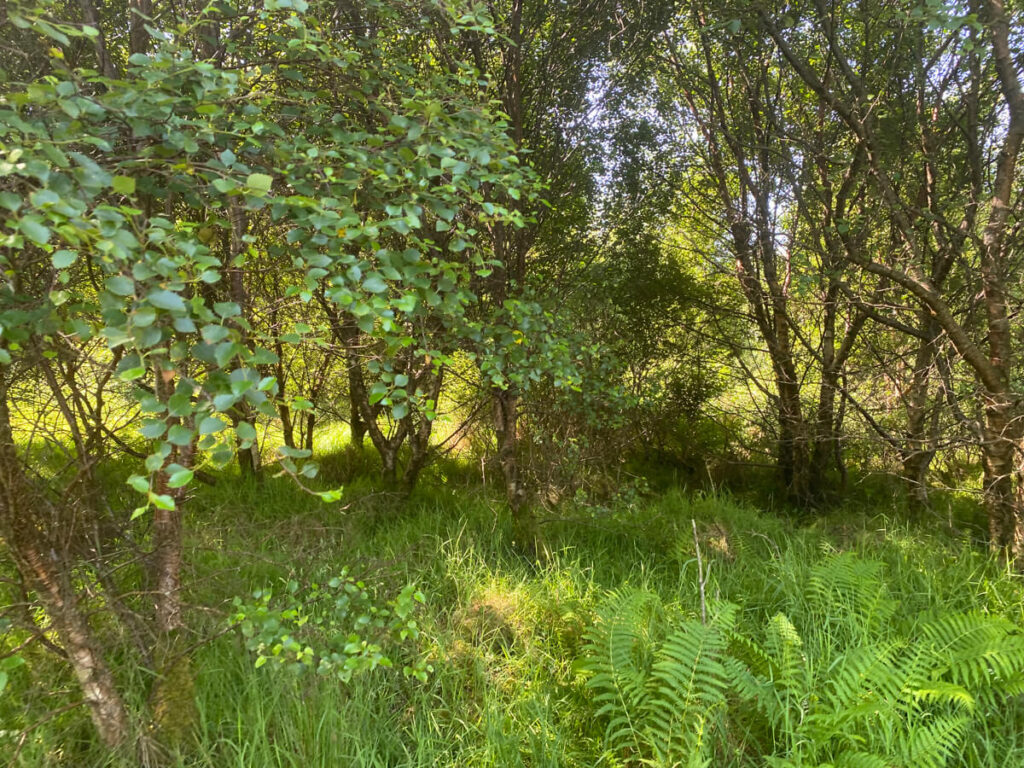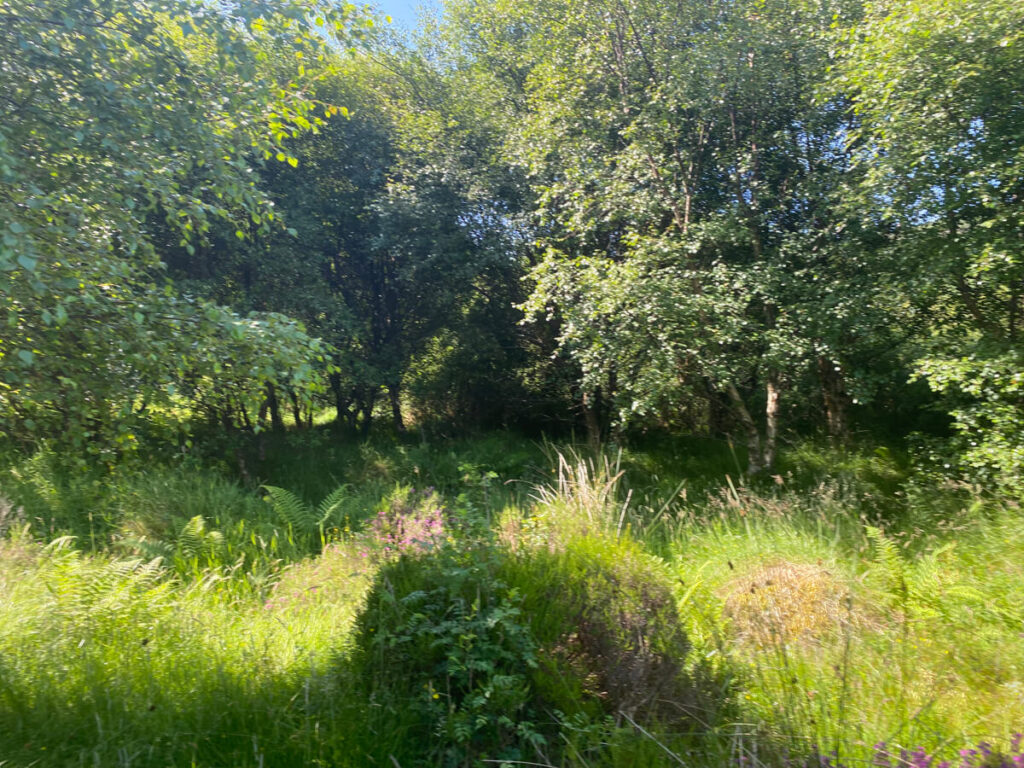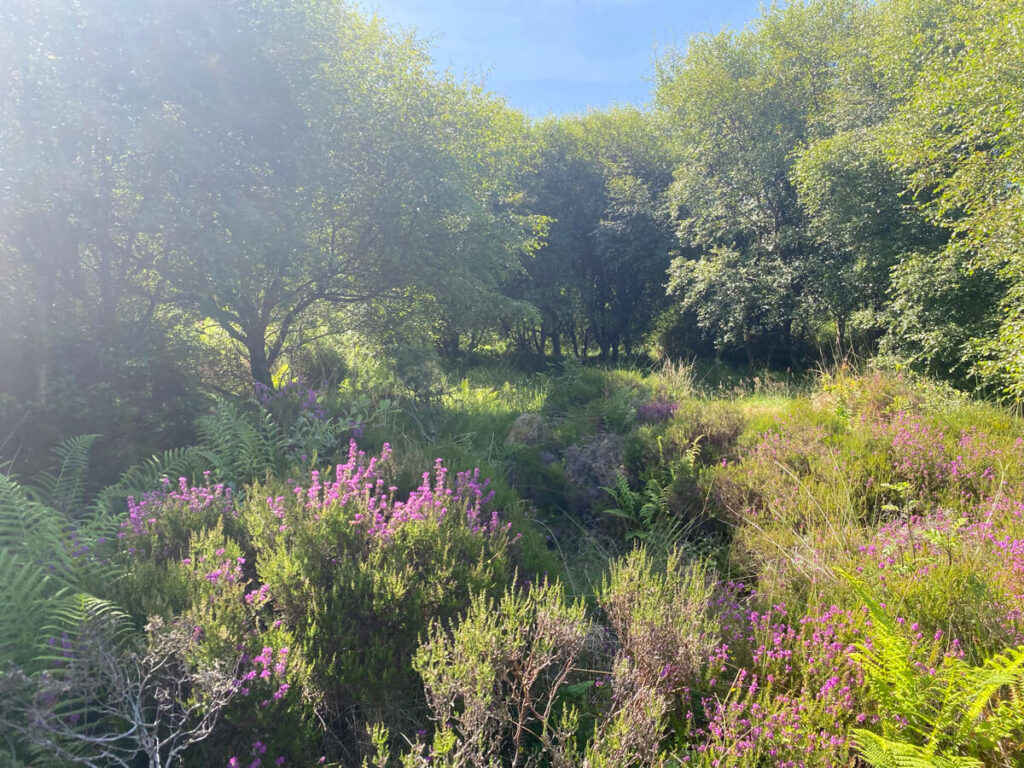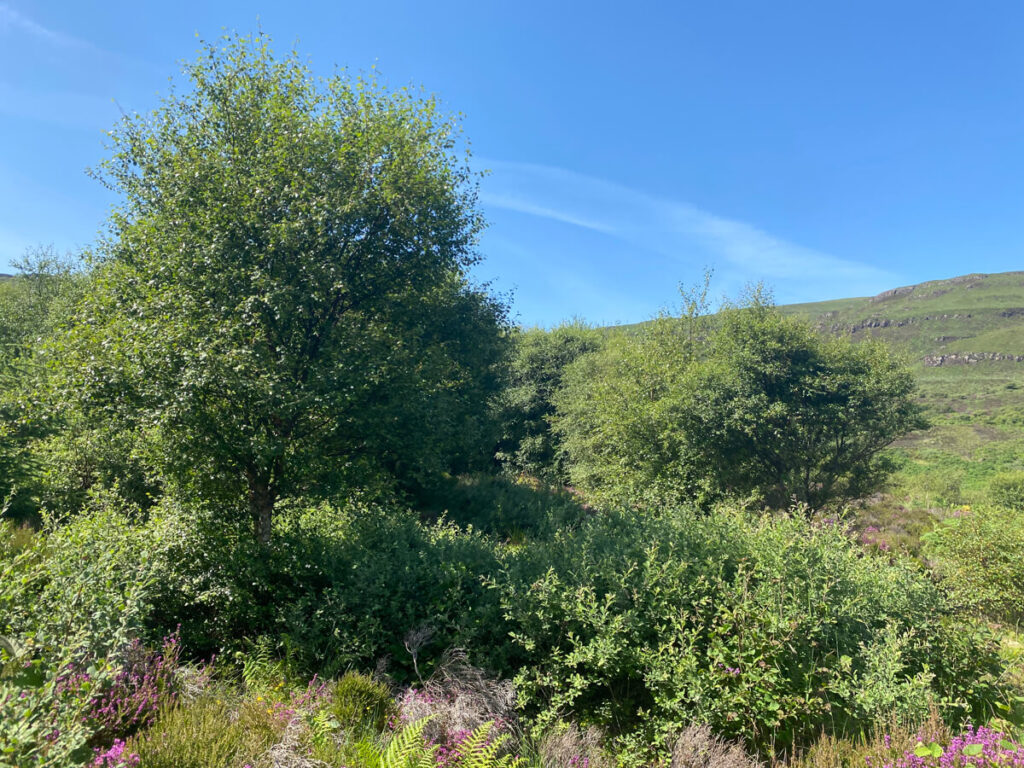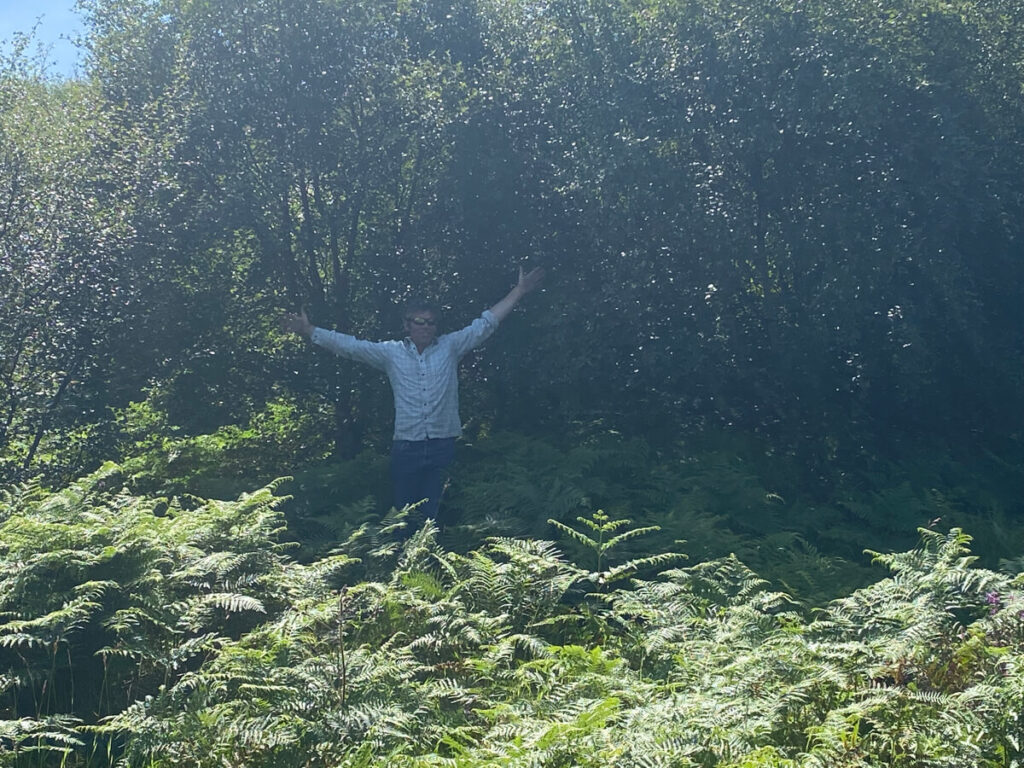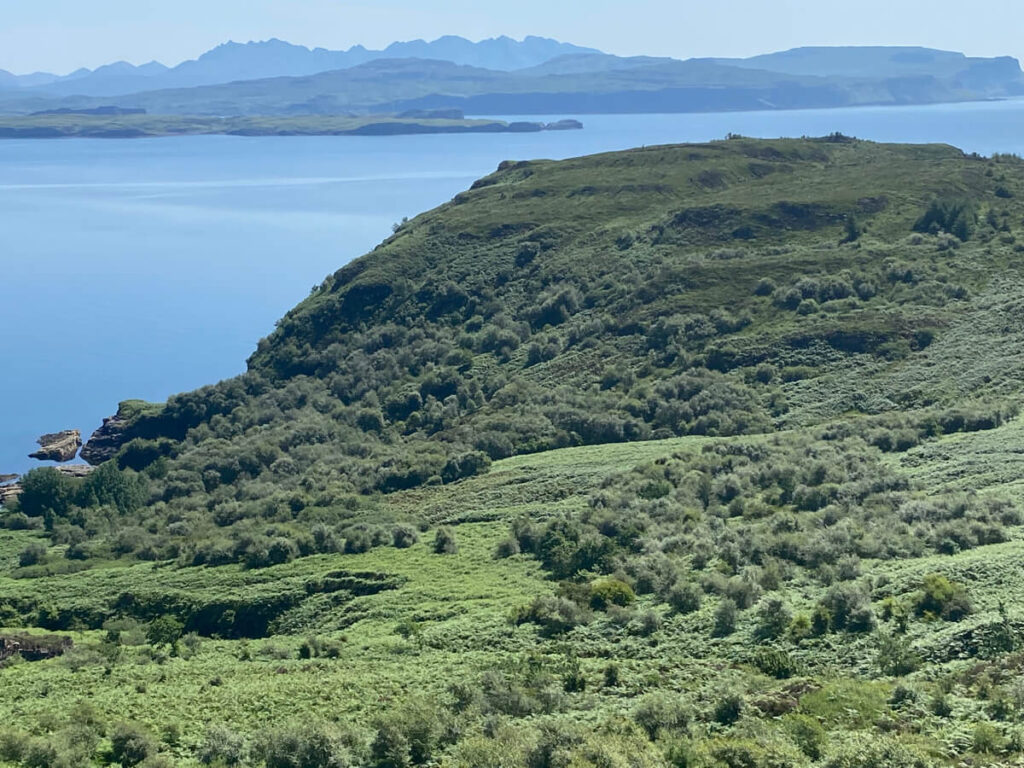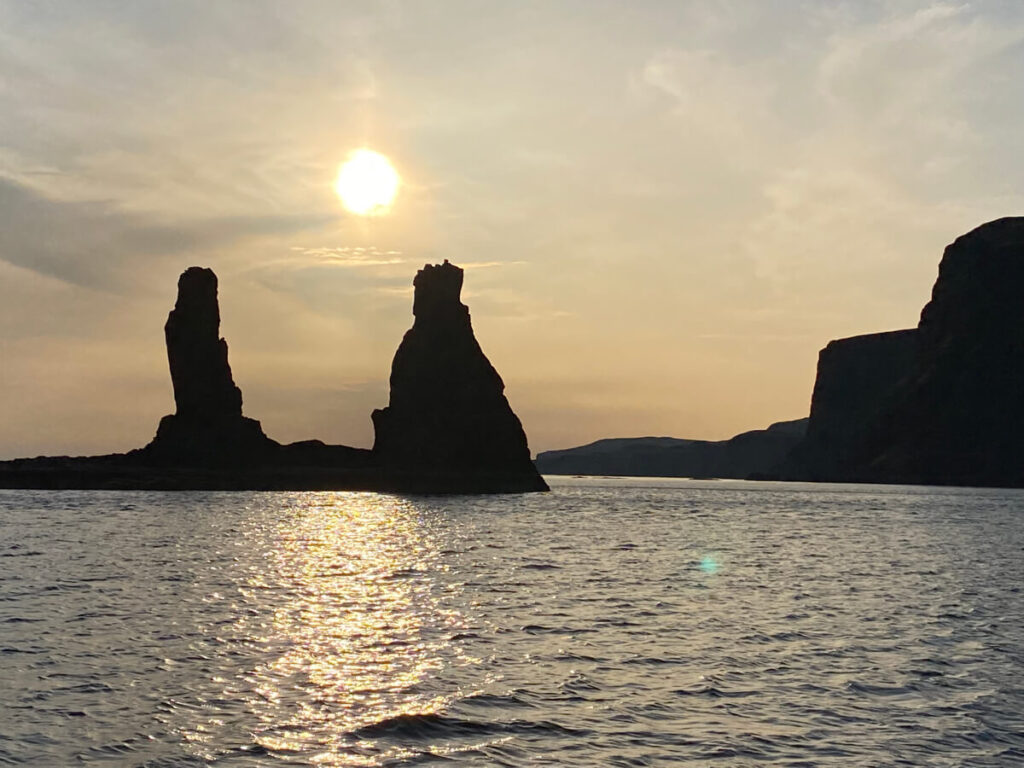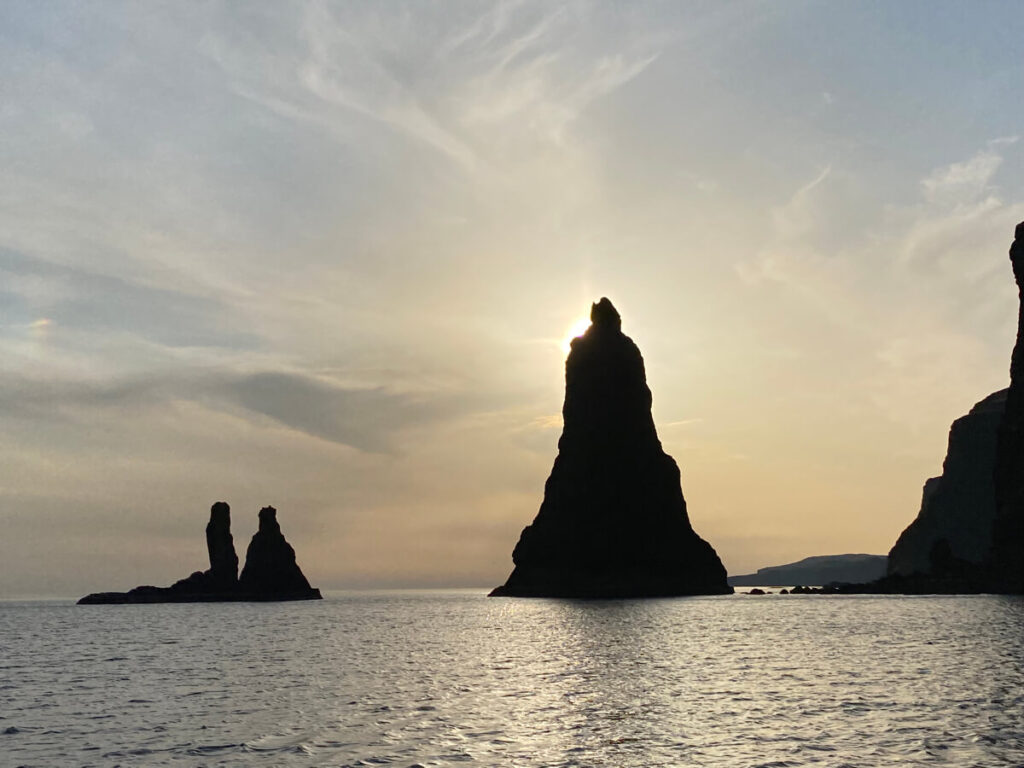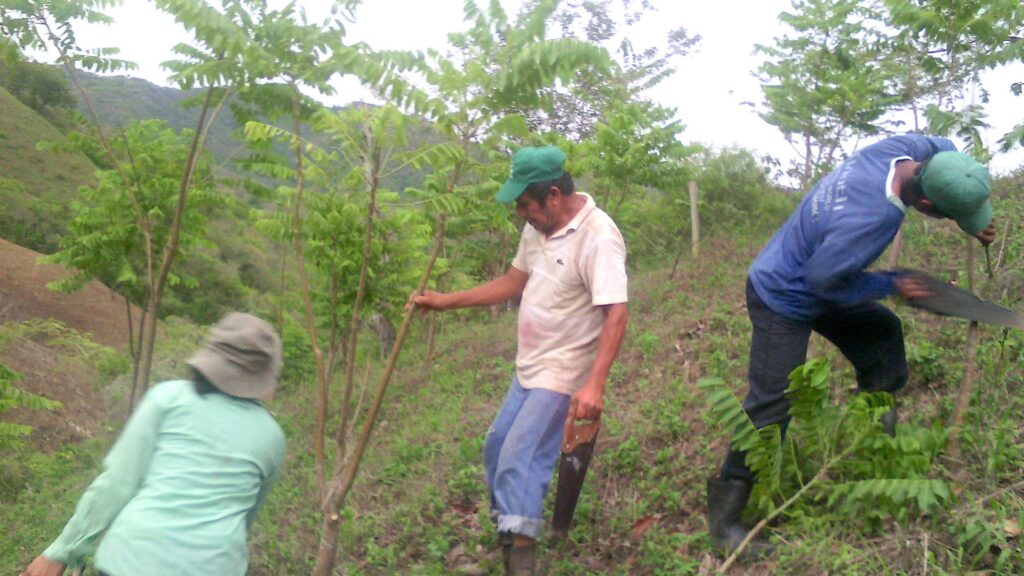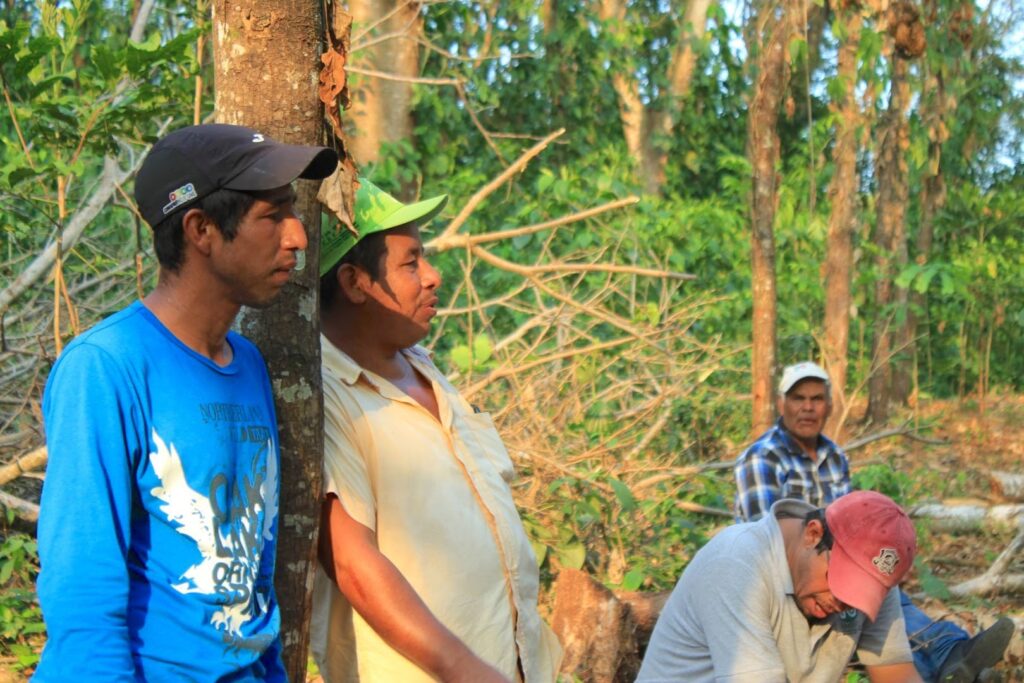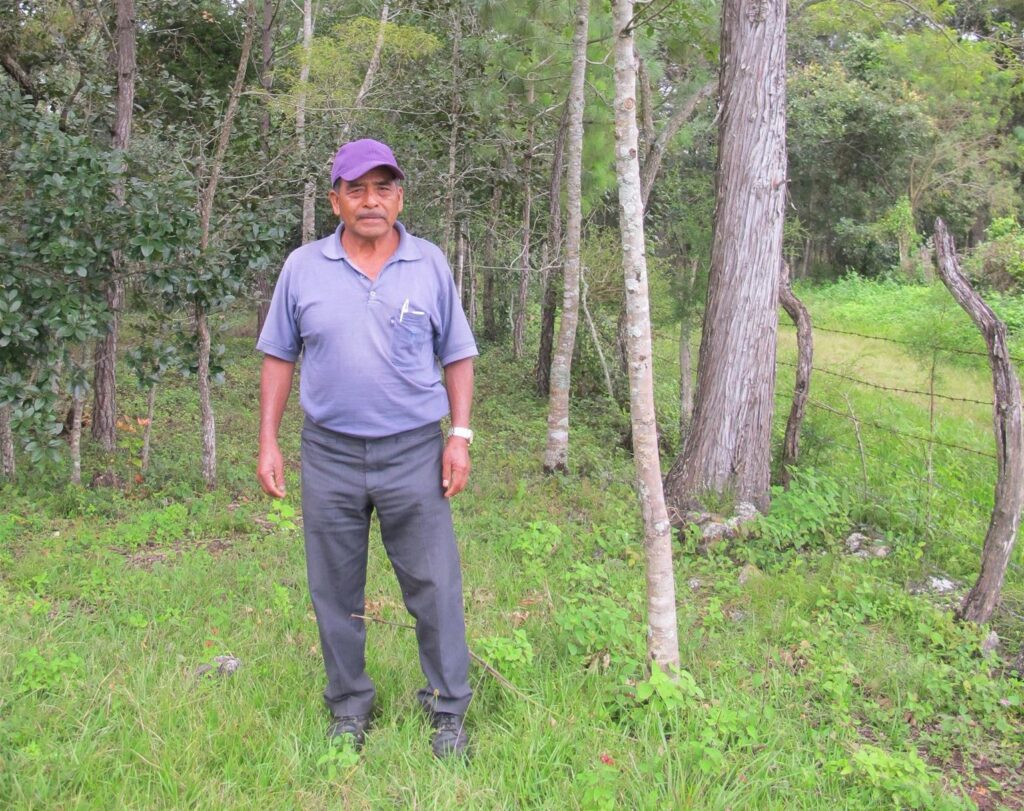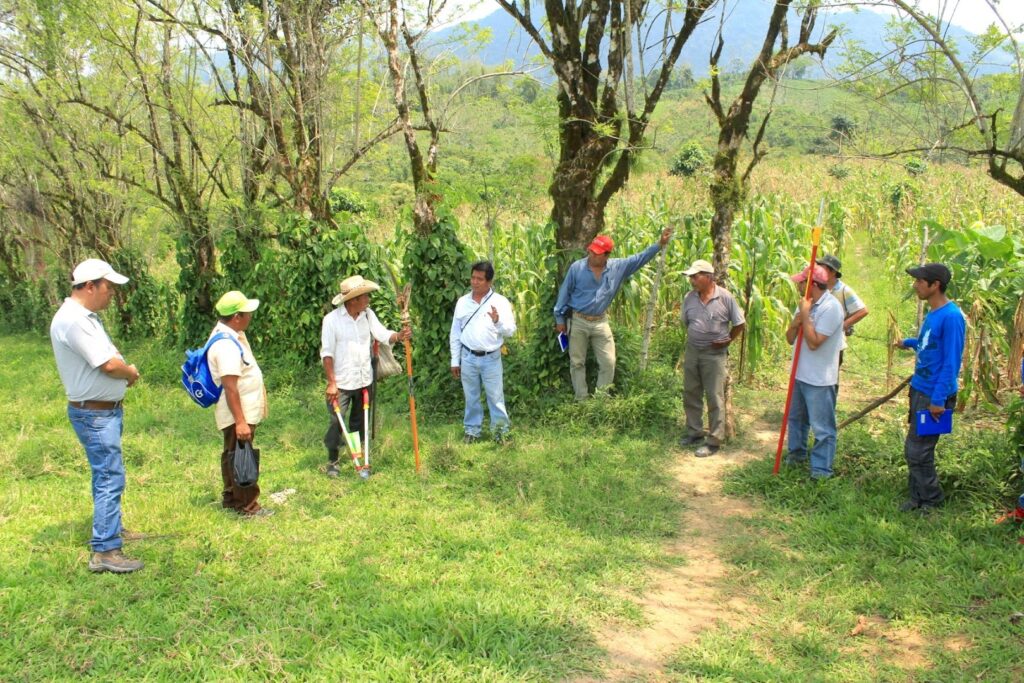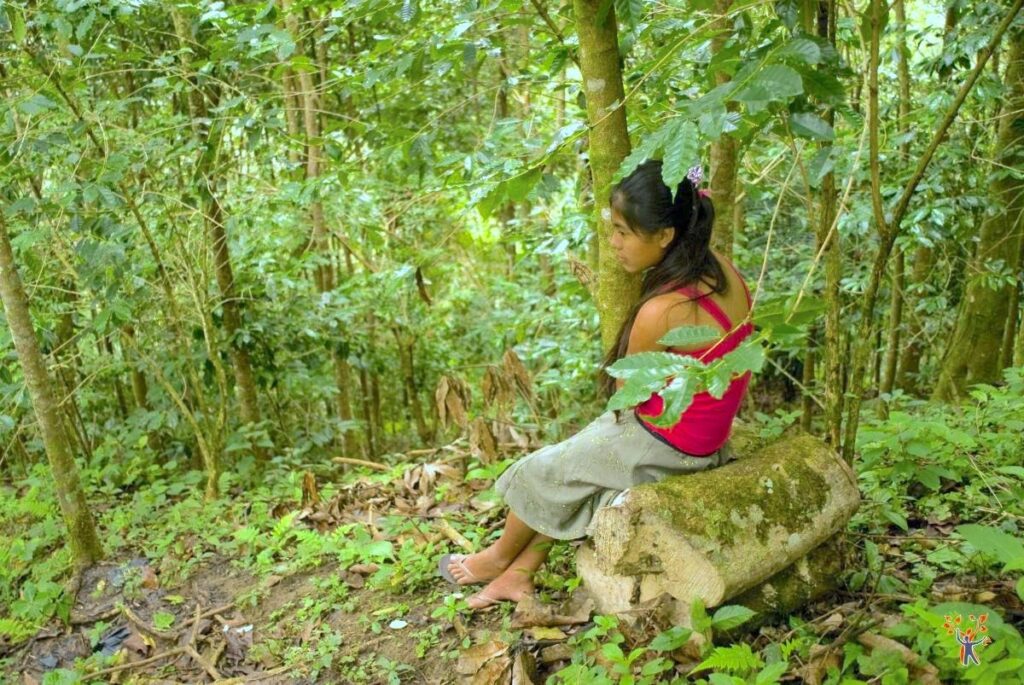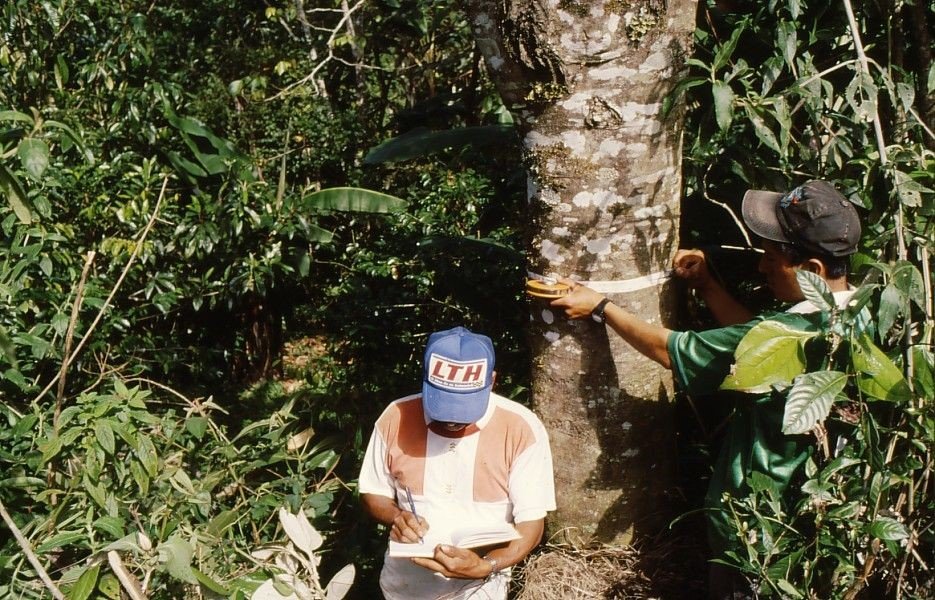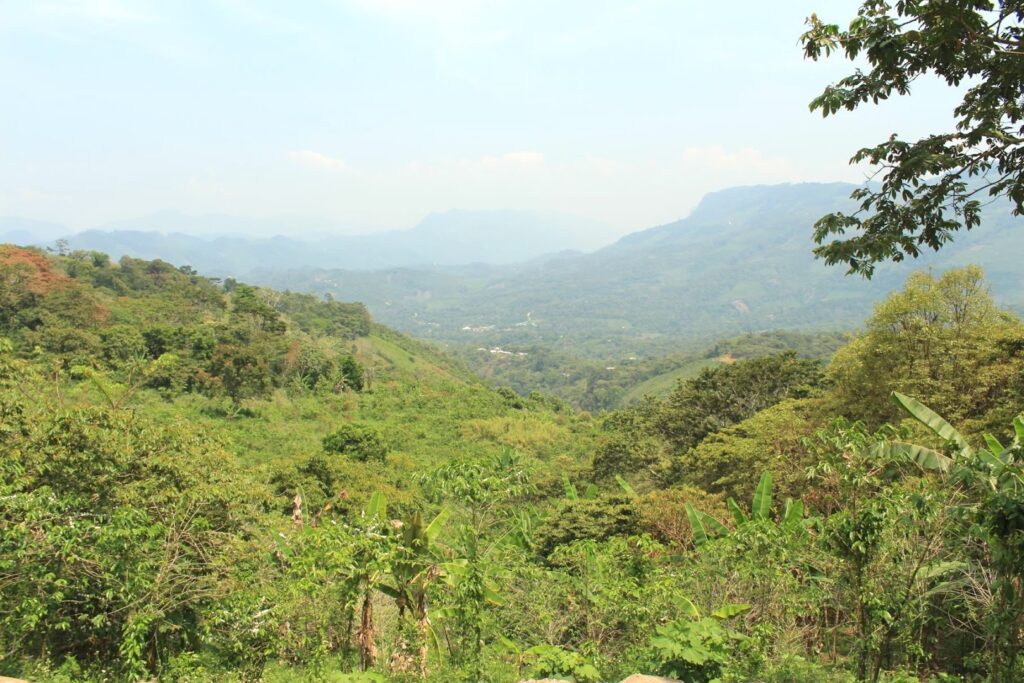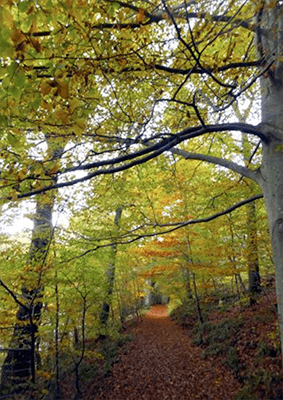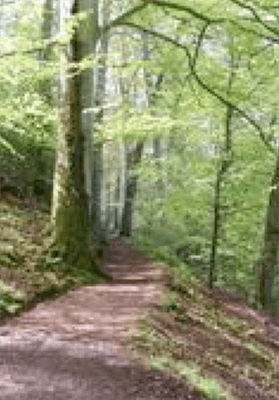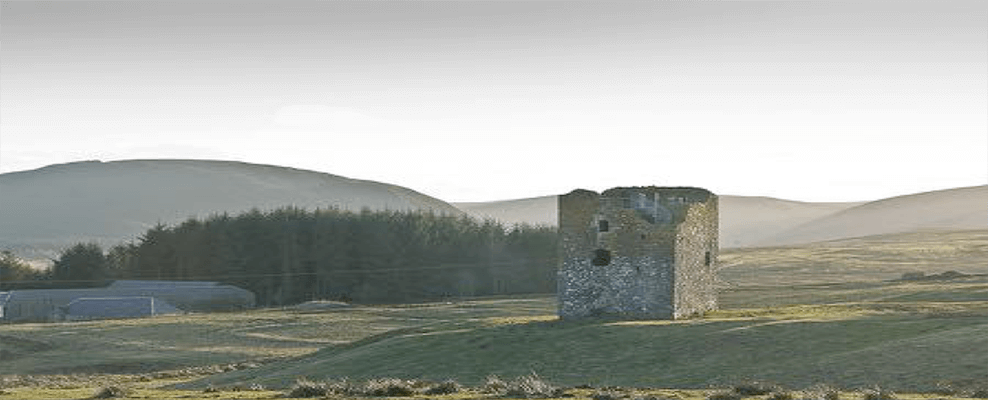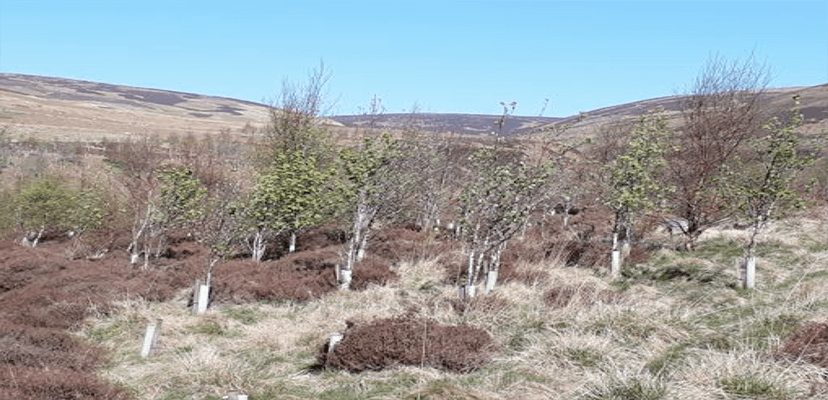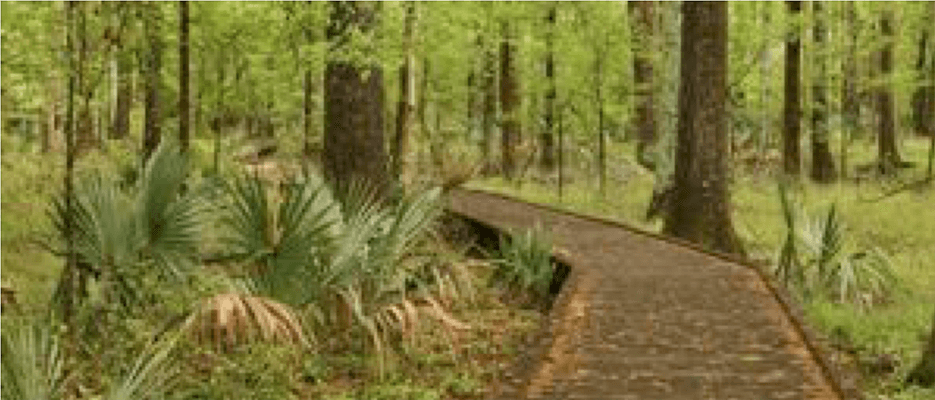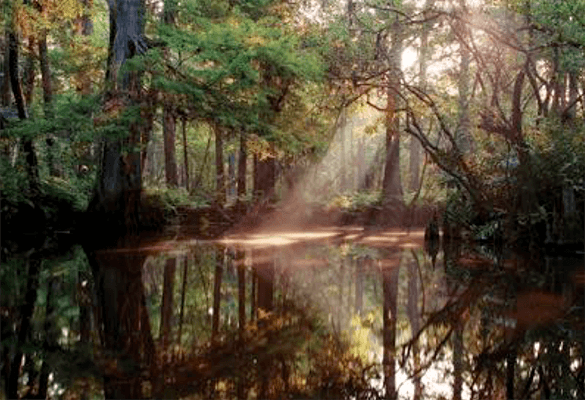Below are the first trees planted to absorb carbon dioxide. The first tree was planted for Maureen of the castle Cary Pet Shop, followed by Glastonbury Festivals and Joe Strummer. As more Forest reports come in on Dan’s planting this page will update.
FORESTS
GLASTONBURY FESTIVAL FORESTS UPDATE
During 1997,1998,1999,2000,2002,2003 Glastonbury Festivals revellers were offered the opportunity to plant trees on their behalf in a bid to help reduce the carbon footprint created by their personal travel and time at the festival. Michael Eavis gave future forests a stand in the market area. On average 1700 trees were planted every year and now 20 years later the trees and resulting ‘Glastonbury Festival’ woodlands are thriving. Future forests managed to plant over 10,000 trees in total. The woodlands are maturing and flourishing creating homes for wildlife, wild places for people to visit, educational opportunities, pollution solutions, soil stabilisation as well as sequestering carbon dioxide and producing oxygen. The festival now has a legacy of re-created natural woodland in the local area.

GREAT BREACH WOOD, BUTLEIGH, SOMERSET
The ‘Festival woodland’ section of this larger woodland is dense hazel planted in 2000 within an existing 19th Century oak and ash woodland. The hazel woodland is managed by Somerset Wildlife Trust predominantly for wildlife and is a valuable habitat for the local warbler population. It is currently left ‘unmanaged’ to provide wildlife sanctuary within a wider habitat that provides high canopy and open glades to maximize diversity.
BLACK ROCK, CHEDDAR GORGE, SOMERSET
In partnership with Somerset Wildlife Trust the trees on this site were planted after clearing a larch monoculture plantation.
The aim was to replace this coniferous plantation with native broadleaf trees to offer woodland with a greater potential for biodiversity.
The site is 70% ash and 30% mix of hazel, oak and shrubs. The site is located on a steep slope in the Cheddar Gorge.

- The trees now tower above our heads and have been successful in their role to stabilise the soil. The course and fine tree roots form a dense network that binds the soil together on the slopes and plays a major role in minimizing soil loss and helping to prevent hazards such as landslides, rock fall and erosion.
- The woodland also provides a valuable habitat for the areas diverse wildlife. The woodland is planted within a site of special scientific interest and a Special Area of Conservation for protected species like bats and dormice. The site itself provides am important habitat for dormice and by expanding the broadleaf native woodland their habitat has been expanded.
M32 CORRIDOR, BRISTOL
The M32 corridor approaching Junction 3, the Junction 3 underpass and Easton Way in Bristol were planted with trees donated from Glastonbury festival Independent on Sunday readers and the Levellers Tour during 2000.
The site is located in the heart of the city and in the centre of a major motorway junction roundabout. https://www.youtube.com/watch?v=XgyD9rx09qc&feature=em-upload_owner
The thinnings taken from Easton Way are put back into the site.
The thinnings taken from the M32 corridor and Junction 3 underpass are taken to Bristol City Council’s biomass plant @ Blaize nursery and is used as fuel wood and converted to green energy
The planting has been extremely successful in fulfilling its objectives of transforming what was formerly a miserable, scary and noisy motorway area into a pleasant wooded location.
• This site gives a distinctly wooded feel when entering the city and plays a significant aesthetic contribution to the city’s landscape. The woods also provide a significantly more pleasant environment for the local residents and people who commute via this route regularly.
• The site is valued and regularly used by members of the community; People are often found sitting on benches in the underpass and enjoying the space.
• A local food initiative has established 2 raised beds growing vegetables on site and have planted fruits trees.
• The wooded landscape provides significant noise attenuation for surrounding residents. It is so successful that during thinning local people commented that with the removal of just a few trees they become more aware of the noise pollution from the busy motorway. As well as reducing the noise of the motorway and carriageway the traffic is also hidden from view …. Research has shown that psychologically noise is not as disturbing if its source is not visible. This has proven to the case with this planting site.
• The trees provide a wildlife corridor and is a habitat nesting birds and insects.
FILNORE WOODS IN THORNBURY,
SOUTH GLOUCESTERSHIRE
This multi-use community woodland of native local trees was planted in winter of 1998 and spring 1999.
Mainly ash and oak with hazel, cherry, birch and shrubs, this stunning site is multi-use forestry at its best providing:
- a diverse range of habitats housing abundant wildlife
- a wild place for people to visit
- opportunities for education
- The site is well managed by South Gloucestershire Council and enjoys
- The support of a ‘friends of Filnore Woods’ group who undertake voluntary management and are involved in the upkeep and development of the site
- Regular walks and talks from experts on-site for spotting invertebrates, bats, owls and dawn chorus events
- Monitoring of invertebrates, birds and wild flower surveys
- Upon visiting you will find
- well serviced footpaths
- self-guided walks
- diverse wildflowers
- Interpretation boards with information leaflets.
Members of the community are openly welcomed to visit and get involved with areas designed to appeal to teenagers, school visits organized and even 4 x 4 visits for less mobile and disabled members of the community.
You can view pictures and find out about the latest events and activities on the blogspot –
http://filnorewoods.blogspot.co.uk/
CASTLE CARY RAILWAY PATH TREE
First Tree Dan planted for Carbon/ Climate for Maureen of the Cary Pet Shop 1988. This tree is a fine Stella Cherry overlooking Glastonbury Tor.
CASTLE CARY PRIMARY SCHOOL, SOMERSET
Dan’s Second planting to absorb carbon for Maureen from the Castle Cary Pet Shop took place at the Castle Cary Primary School.
These trees were planted 1990. It transpires many years later that we found out that these were the first trees planted for carbon absorption. This was done before they were methodologies but the significant overplanting more than offset the activities of Maureen’s pet shop business.
The trees have now matured and continue to provide:
- Habitat diversity in the school grounds attracting and housing wildlife.
- Enrichment of the learning curriculum providing an excellent learning resource for science, surveys, math’s and English.
- A place to play and stimulate the imagination.
- Shelter for sunny days in the school grounds.
As more Forest reports come in on Dans planting this page will update. Below are the first trees planted to absorb carbon dioxide for Maureen, Glastonbury Festivals and Joe Strummer.
JOE STRUMMER REBELS WOOD - ISLE OF SKYE
It’s a dynamite idea – I want everyone in the world to get behind it.” Joe Strummer, 1952 – 2002
Rebel’s Wood is a young forest on the Atlantic-facing North West side of the Isle of Skye. This was planted in 2003 in the living memory of Joe Strummer. As well as the Glastonbury festival trees some 8,000 saplings were planted in dedication to Joe. Now, this healthy young forest at the beautiful location of Orbost is doing well after taking a while to poke their heads above the bracken, due to the slow-growing conditions of the far North. Hidden away on the shores of Loch Bracadale is this beautiful woodland of native broadleaf trees. The planting here has been predominantly Birch, Alder, Rowan, Oak, and Willow, with woody shrubs in between. Oak has been planted in anticipation of temperature rise due to Global Warming. This community woodland has generated significant enthusiasm amongst local residents who have carried out maintenance and protection work. Interspersed within the greenery are areas of archaeological interest mainly ancient crofting infrastructures, which the forest will help to protect from the elements. Overshadowed by the majestic McLeod’s Tables mountains, Joe’s “ Rebel’s Wood “is now home to hundreds of species of wildlife, including Otters, Red Deer and Foxes and is a haven to the increasingly threatened nesting Sea Eagle.
Joe became the first Carbon Neutral citizen, following a meeting backstage at Glastonbury Festival. After many a long year trying to get people to plant trees to soak up pollution, Joe said “Let’s do it”. Originally ‘Carbon Neutral’, was conceived as a way of getting as many trees in the ground as possible. Through photosynthesis trees change CO2 into Oxygen and Wood. Undoubtedly they are one of the most beneficial and effective ways of tackling Climate Change and significantly improve the environment as they clean the air.
From these humble beginnings we managed to cause the planting of many millions of trees around the world. The early-stage idea was pure and simple- plant a tree to soak up your pollution and improve the environment. This was thought up before CO2 and Climate Change was on many people’s radar.
REBEL’S WOOD, ORBOST, SKYE - UPDATE REPORT- WINTER 2022
Rebels wood is a beautiful story of survival. The trees have finally established themselves, having had to battle against the winter -hundred miles an hour – salt winds, poor quality soil, a short growing season, browsing by dear, and especially the bracken.
The woodland was initially planted in 2003/2004 with native broadleaves, the main species being Birch, Rowan, willow, with smaller proportions of Oak, Cherry and Hawthorn.
The higher, more exposed parts of the woodland have struggled due to the exposure, and the areas of best growth are in the more sheltered glens around the old settlements at Brandersaig and Idrigill.
In the early years, there was considerable deer browsing, which severely restricted tree growth. Still, a programme of deer control and ongoing fence maintenance reduced this, and now the young trees are developing well on the lower slopes. There is also considerable natural regeneration of trees and shrubs present on the site before planting, mainly along with burns and gullies, which is another good indication that browsing by deer is currently not an issue. In the best areas of growth, the trees are over 5 metres tall!
Following species have been sighted in the local area: –
Buzzard, Golden eagle, White-tailed eagle, Meadow pipit, Raven, Hooded crow, Wren, Herring gull, Black-headed gull, Red deer, Otter.
Recently a suggestion of Re-Wilding has been proposed to the landowners.
The trees are sufficiently established to create their own saplings. A small quantity of Rebel’s Wood, Saplings have been collected from the wood and will be planted at Rockaway Temple Cloud Bristol.
Rebel’s Wood is on a public footpath from Orbost to Macleod’s Maidens, sea stacks approximately 1km south of the end of the forest.
Learn more about Rebels Wood
PINK FLOYD CARBON NEUTRAL FORESTS

PINK FLOYD released the CD ‘ ECHOES ’ as a CARBON NEUTRAL product to re-absorb CO2 pollution and significantly improve the natural environment by planting indigenous forests in 2002. In total 27,000 trees were planted across four locations. Now 16 years old, they are flourishing beautifully and we take great pleasure in providing an update.
CHIAPAS MEXICO
Plan Vivo was born out of a desire to help smallholders Chiapas, Mexico, plant trees and generate the world’s first carbon credits. Since then, Plan Vivo has used its ideology and network of stakeholders to evolve into a system that can help provide environmental and social benefits to communities around the world. See below for some of the more-notable dates along our journey.
DRYHOPE BURN SCOTTISH BORDERS
2000 mixed local indigenous trees planted at Dryhope Burn. Located 21⁄2 miles (4 km) west of the Gordon Arms bHotel and 10 miles (16 km) south of Peebles. The burn rises between Dryhope Rig and South Hawkshaw Rig and flows southeast for 2 miles (3 km) entering the Yarrow Water a quarter-mile (0.4 km) southeast of Dryhope, TD7 5LF.
The Scottish southern uplands lost their natural woodlands many centuries ago. Recently, some landowners have begun to replant some of the trees that once flourished here. It is a slow process in these conditions but gradually areas of young natural forest are being returned to the landscape, offering homes to woodland birds and invertebrates that have long been absent from these hills. The Dryhope Burn site was planted with a native mix of downy and silver birch, rowan, sessile oak, hawthorn, aspen, juniper, holly, hazel, bird cherry and willows. It is one of the riparian plantings improving the ecology of this part of the Scottish Borders.
TENSAS RIVER NATIONAL WILDLIFE PARK, LOUISIANA, USA
The Tensas River NWR, located in northeast Louisiana, is one of the largest continuous blocks of bottomland hardwoods remaining in the USA. It also home to the ‘teddy bear’. Programs on the refuge include cooperative farming, black bear research, neotropical migrant bird research, environmental education and public use programs.
MASSIVE ATTACK FOREST
I love sharing the success of the Massive Attack Forest @ Thornbury (just north of Bristol). It’s a prime example of what modest artist funding can achieve: transforming a bare hillside into a vibrant natural hotspot. This project created real jobs, encouraged community involvement, and delivered huge biodiversity benefits.
COLDPLAY CLOUD FOREST, ARGENTINA
Coldplay forest was replanted in a cloud forest in Argentina.
The cold play forest didn’t survive due to drought and Dan re-planted in 2015 in a cloud forest in Argentina with the Tree Angle organisation.






